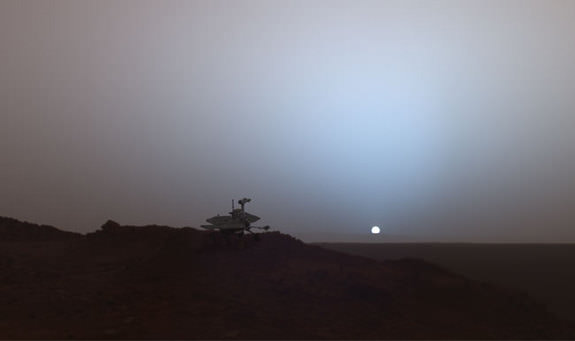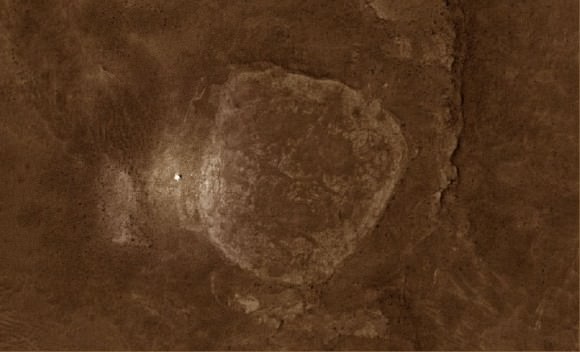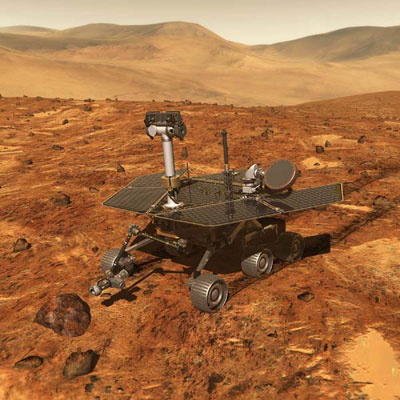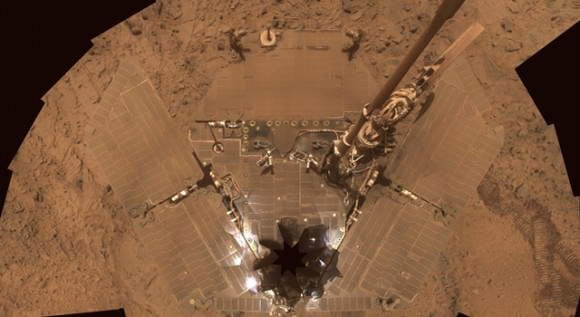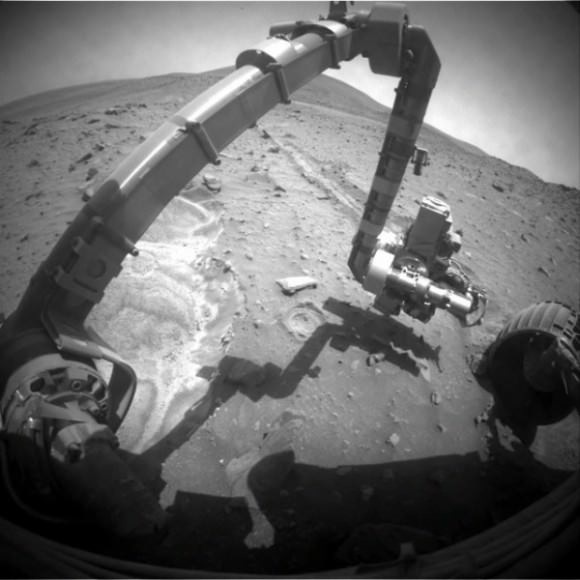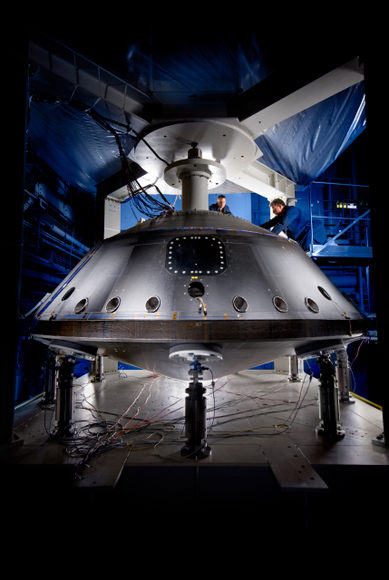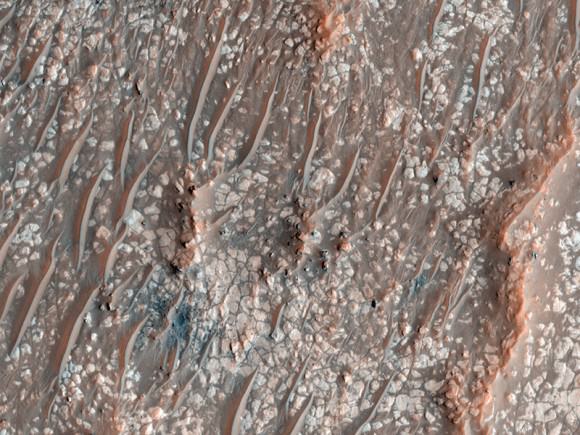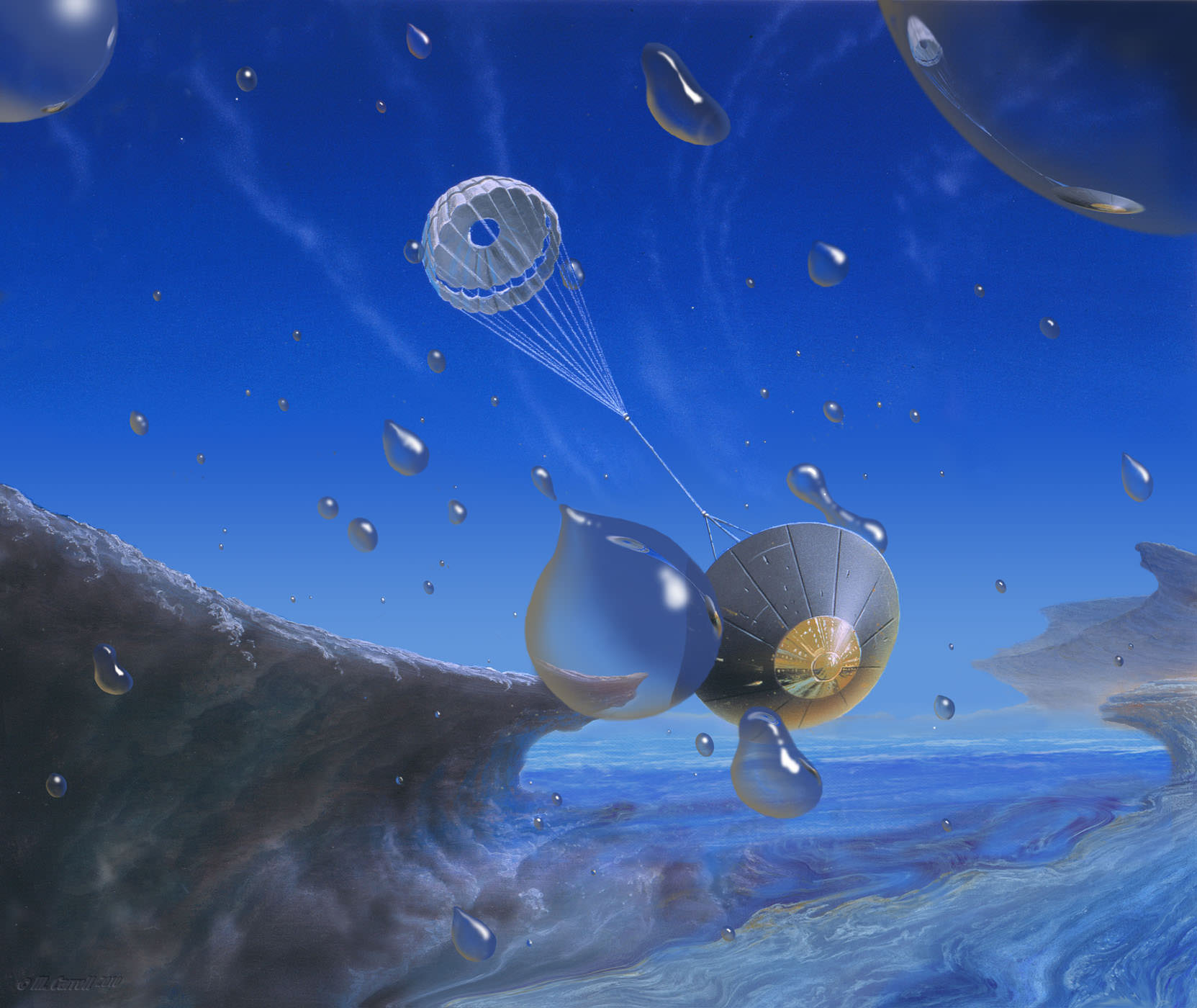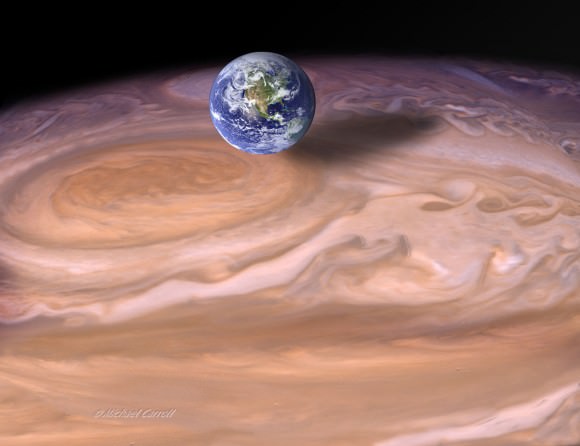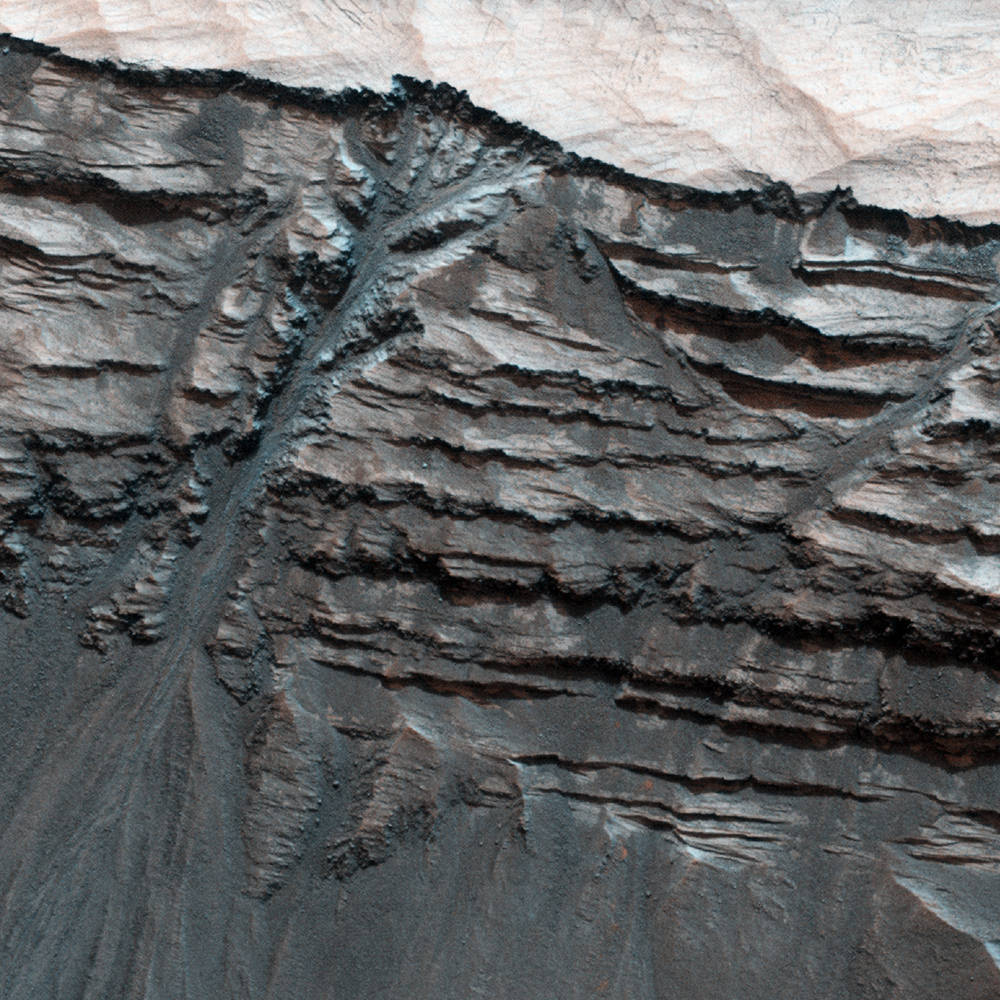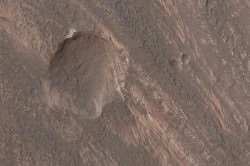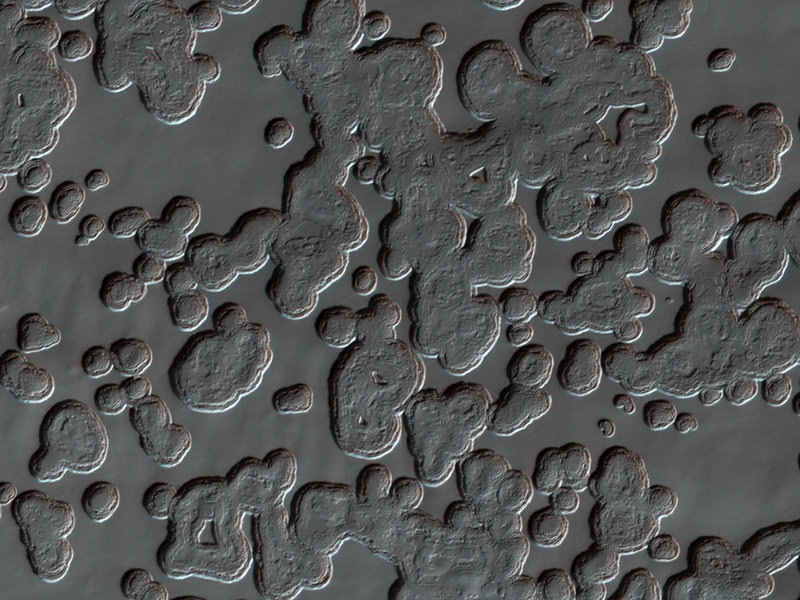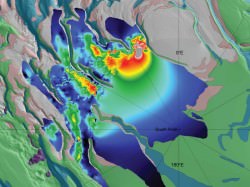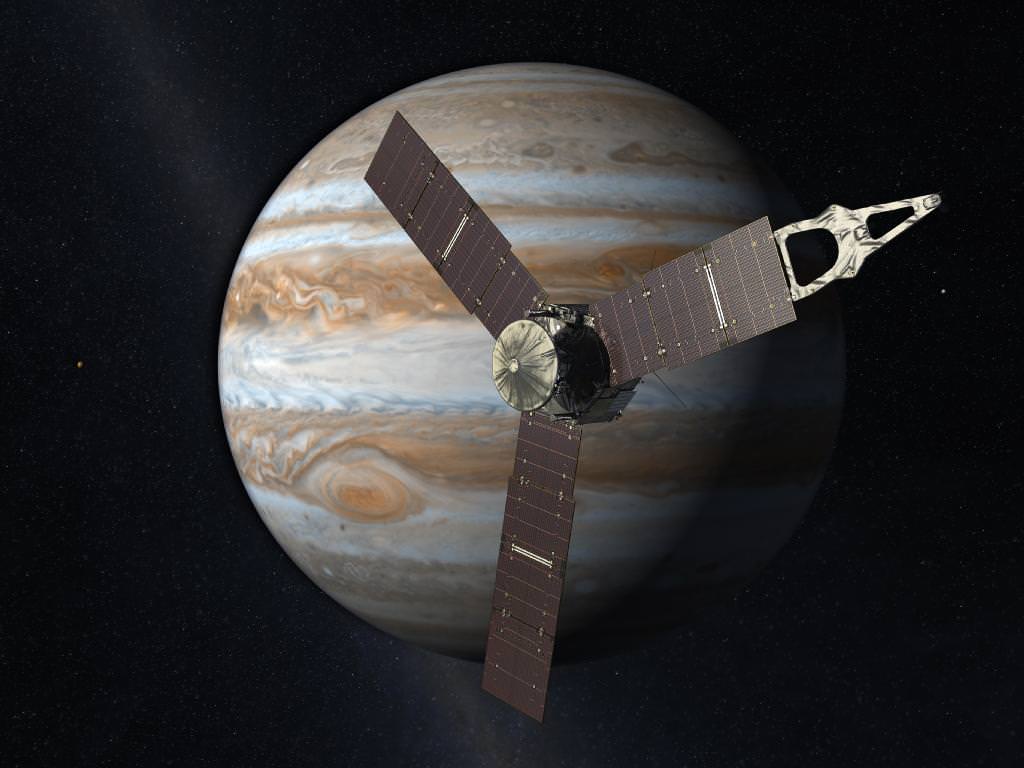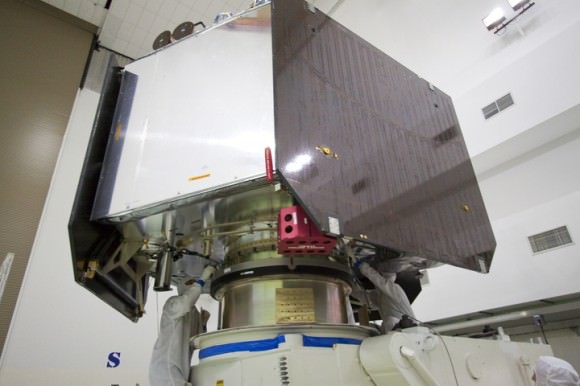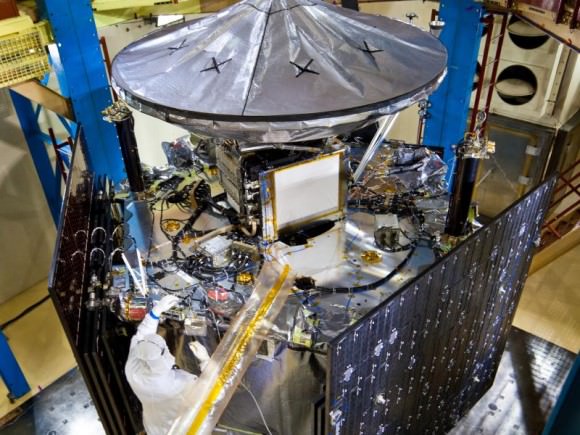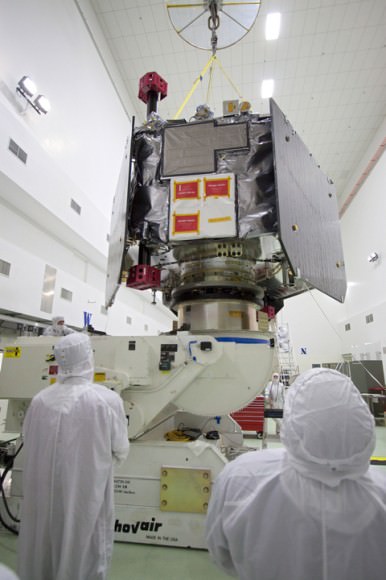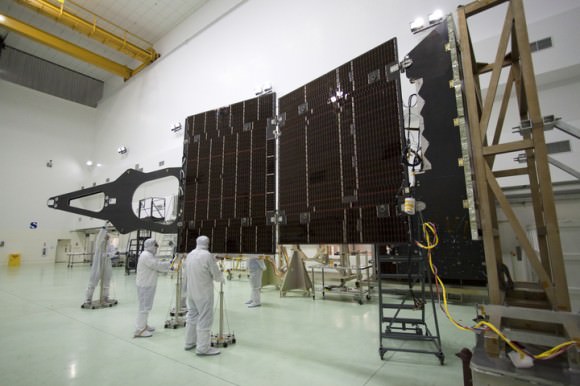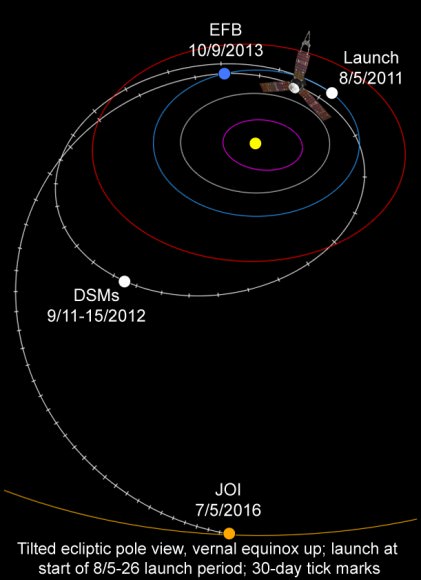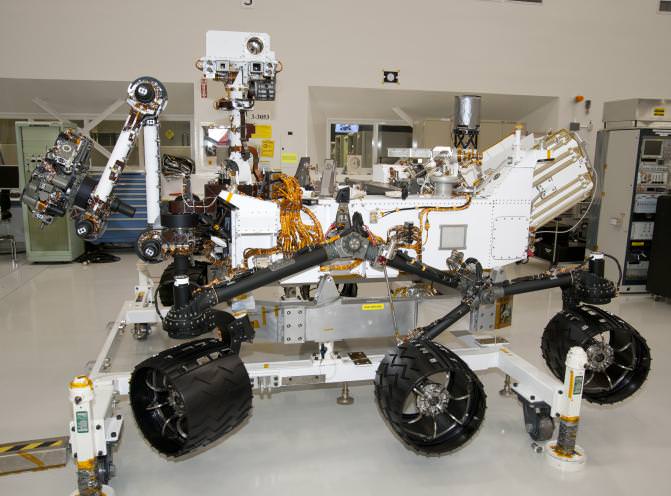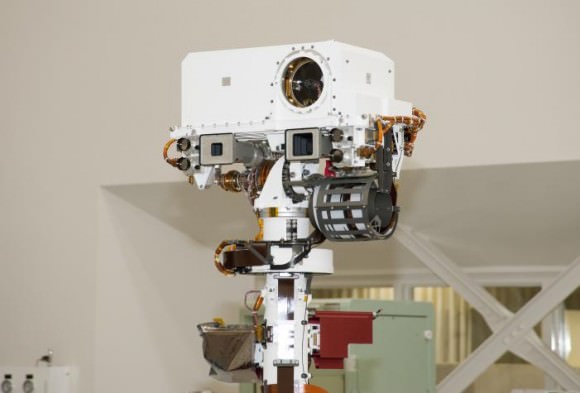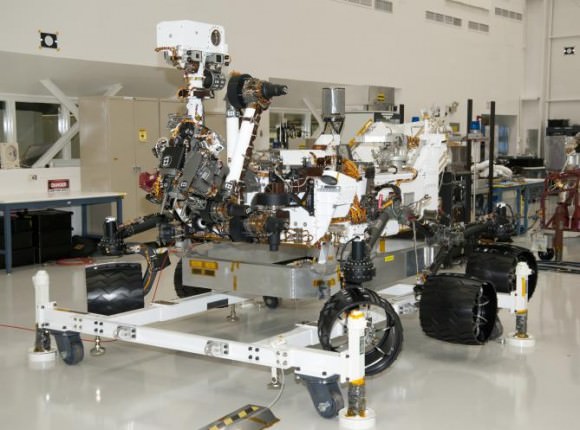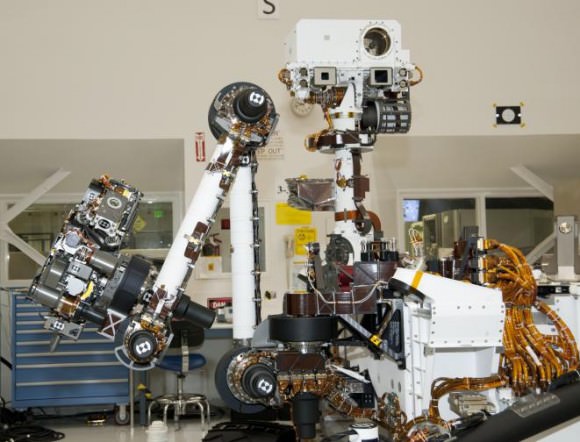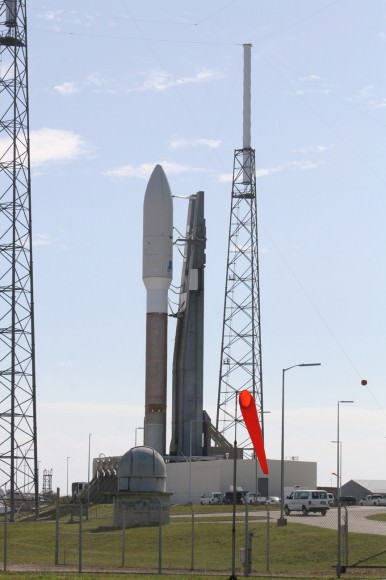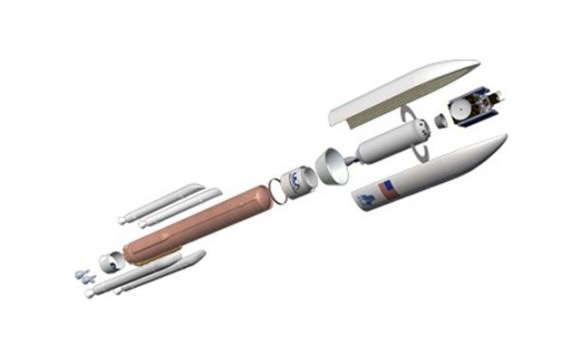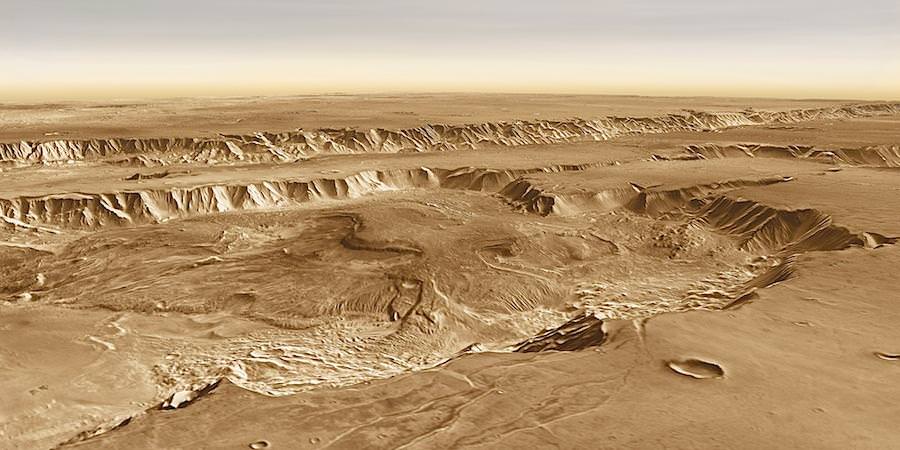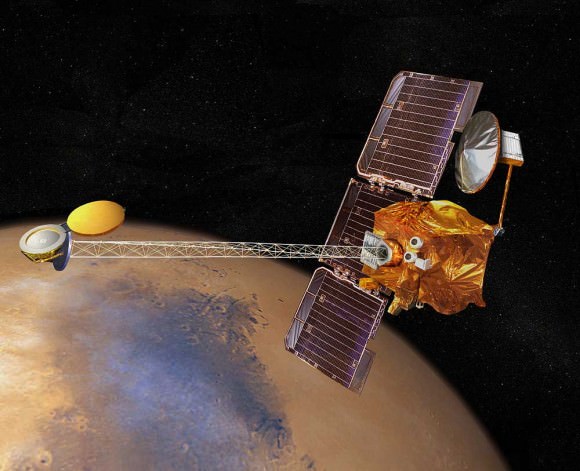If you’re feeling a little sad today at the news that the Spirit rover is “dead,” you’re not alone. And we all know we’re anthropomorphizing here, but it is hard not to. As MER project manager John Callas said at yesterday’s press conference, the MER rovers are “the cutest darn things out in the solar system,” and yes, we’ve become attached to them. Below are a few quotes we’ve gathered from Steve Squyres, Scott Maxwell, and some of the other people who have been involved with the MER mission in various capacities.
Feel free to add your best memories of Spirit’s mission in the comment section.
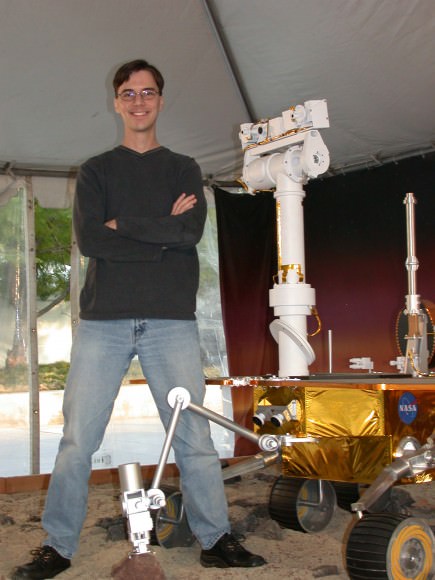
Rover Driver Scott Maxwell. Maxwell has been part of the rover driving team since before the MER rovers lauched. He is publishing the diary he has kept, five years delayed on his Mars and Me blog.
“My take on this is that I know I’m supposed to be sad and I know that at some point I will be really sad, but at the moment it is hard to be sad because that feeling is overwhelmed by the pride of what Spirit accomplished,” Maxwell told Universe Today. “She accomplished an enormous amount in the six years plus that she was active on Mars, and we have every good reason to be proud of her. That is dominating my reaction to this announcement today. It terrible that she’s gone but I’m so proud of her, she did so much, she lived so long and accomplished such great things it’s hard to feel any other way.”
Will Spirit’s official loss put a big hole in Maxwell’s day?
“In terms of my practical day to day operations, not so much,” he said. “My day is filled with taking care of Opportunity and working on the upcoming Mar Science Lab mission, so actually I didn’t have that much to do with Spirit the past year. The way it will affect me is that I won’t be getting the weekly planning schedule for Spirit anymore, so in that way Spirit is going to disappear out of my world.”
Maxwell’s cat died a few months ago he finds he sometimes has an unconscious expectation that the cat will greet him when Maxwell returns home, but then he realizes the cat isn’t there anymore. “That’s the kind of hole that Spirit will leave in my life, where I’ll be unconsciously looking for scheduling emails, or data or information about Spirit, and it is not going to be there, and that place that she has occupied in my life is just not going to be there anymore. I’ve had time to get used to that over the past year, of not actively driving her, so I’ve gone through that transition and I’ll go through this transition next.”

Steve Squyres, MER Principal Investigator
“What’s most remarkable to me about Spirit’s mission is just how extensive her accomplishments became,” Squyres said in a JPL press release. “What we initially conceived as a fairly simple geologic experiment on Mars ultimately turned into humanity’s first real overland expedition across another planet. Spirit explored just as we would have, seeing a distant hill, climbing it, and showing us the vista from the summit. And she did it in a way that allowed everyone on Earth to be part of the adventure.”
Squyres said Spirit’s unexpected discovery of concentrated silica deposits was one of the most important findings by either rover.
“It showed that there were once hot springs or steam vents at the Spirit site, which could have provided favorable conditions for microbial life,” he said.
The silica-rich soil was next to a low plateau called Home Plate, which was Spirit’s main destination after the traverse long distances and climbed up and down Husband Hill. “What Spirit showed us at Home Plate was that early Mars could be a violent place, with water and hot rock interacting to make what must have been spectacular volcanic explosions. It was a dramatically different world than the cold, dry Mars of today,” said Squyres.
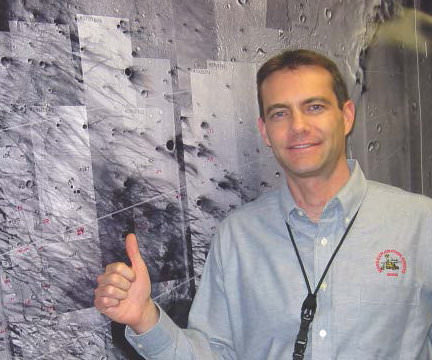
Chris Potts was the Deputy Navigation Team Chief for both MER rovers.
“My thoughts immediately go back to the night Spirit landed in Gusev Crater on Jan. 3, 2004,” Potts told Universe Today. “It was a nerve wracking evening, thinking about the dangers involved with bringing Spirit from 12,000 mph to a safe landing via menacing bounces inside the airbags. No one could dare imagine that Spirit would continue on to explore Mars for over 6 years. Such an engineering feat requires the best from everyone involved, from the early designers to the operations team that extracted every last bit that Spirit had to offer. Spirit overcame so many obstacles on the journey, that the rover seemed to have a destiny that would not be denied. Spirit has finally reached the inevitable mission end, but I like to imagine the future when space tourists will follow Spirit’s tracks and continue to marvel at what the rover was able to accomplish.”
Doug Ellison, founder of UnmannedSpaceflight.com, where imaging enthusiasts get together to work with data being produced by robotic missions. He started the website, in part, because of the remarkable images being returned by the MER mission.
“I’ve been trying to figure out the words to describe how it feels,” Ellison told Universe Today. “Like losing a family member isn’t that short of the mark. When those early raw JPG’s were put onto their website so quickly I just couldn’t help myself. I found myself making color composites, panoramas, anaglyphs…and that’s what triggered the making of what became UMSF. It’s been a 7 year adventure that’s been shared through more than 125,000 images. We all lived that adventure through those pictures, together.”
Ellison said it is heartbreaking to see Spirit’s part of the mission come to an end. “Mars always had the power to end things, and she did, on her terms and not ours,” he said. “That’s as it should be, Spirit went down fighting in the battle against freezing temperatures on a barren near airless planet. My only regret is that we’ll never truly know exactly what caused Spirit to stay quiet.”
“We think of ‘Spirit’ as that robot on Mars,” he continued. “Without the team of scientists and engineers here on the ground who figured out what to do with that robot, the adventure we’ve been on, together, would never have happened. She’s part of this large team. She’s the teams feet with every drive she made. She’s their eyes with every picture she took. She’s their hands with every rock she studied. And, for many of us, she’s also its heart. The sol-to-sol rhythm of seeing new pictures and planning new adventures was the heartbeat of this large family that wasn’t just the mission personnel at JPL, Cornell and elsewhere – it wasn’t even just Spirit – it was all of us. That family was the thousands and thousands of people who followed along all over the world, it was the robot that did the dirty work, the engineers who kept her safe and the scientists who made the most of her. That family is now one member short – but it still exists. It formed around this little robot called Spirit, and will carry on through other projects.”
“Spirit didn’t die. She just moved on. I feel so very very sorry for the engineers who spent so long designing, building, and then for more than 6 years, using that little robot. But most of all, I feel sorry for Curiosity. As someone at UMSF suggested – that rover’s now sat in the clean room thinking ‘How the heck am I supposed to follow an act like that?'”
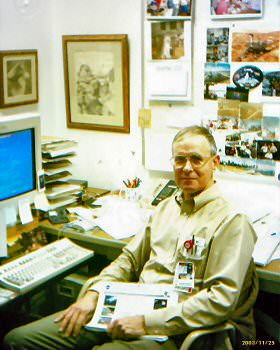
Neil Mottinger from JPL worked on the navigation team for the launch and trajectory of the two spacecraft that brought Spirit and Opportunity to Mars.
“It’s an incredible testimony to engineering that this plucky little craft survived 3 winters, when it wasn’t designed to survive any such weather conditions at all,” Mottinger told Universe Today. “Dust storms didn’t drown its ability to generate electricity thanks to the dust devils that repeatedly cleaned the panels. May its tenacity remind us all to strive for greater goals and push on way beyond the immediate horizons before us.”
Stu Atkinson, member of UMSF, poet and writer penned this poem about the end of Spirit’s mission. You can also read a short story he wrote about a year ago of what could have happened in some households when Spirit died.


John Callas has written a letter to his MER team, and in part said, “But let’s remember the adventure we have had. Spirit has climbed mountains, survived rover-killing dust storms, rode out three cold, dark winters and made some of the most spectacular discoveries on Mars. She has told us that Mars was once like Earth. There was water and hot springs, the conditions that could have supported life. She has given us a foundation to further explore the Red Planet and to understand ourselves and our place in the universe.
“But in addition to all the scientific discoveries Spirit has given us in her long, productive rover life, she has also given us a great intangible. Mars is no longer a strange, distant and unknown place. Mars is now our neighborhood. And we all go to work on Mars every day. Thank you, Spirit. Well done, little rover. And to all of you, well done, too.”
We’ll be adding more quotes about Spirit as they come in.

